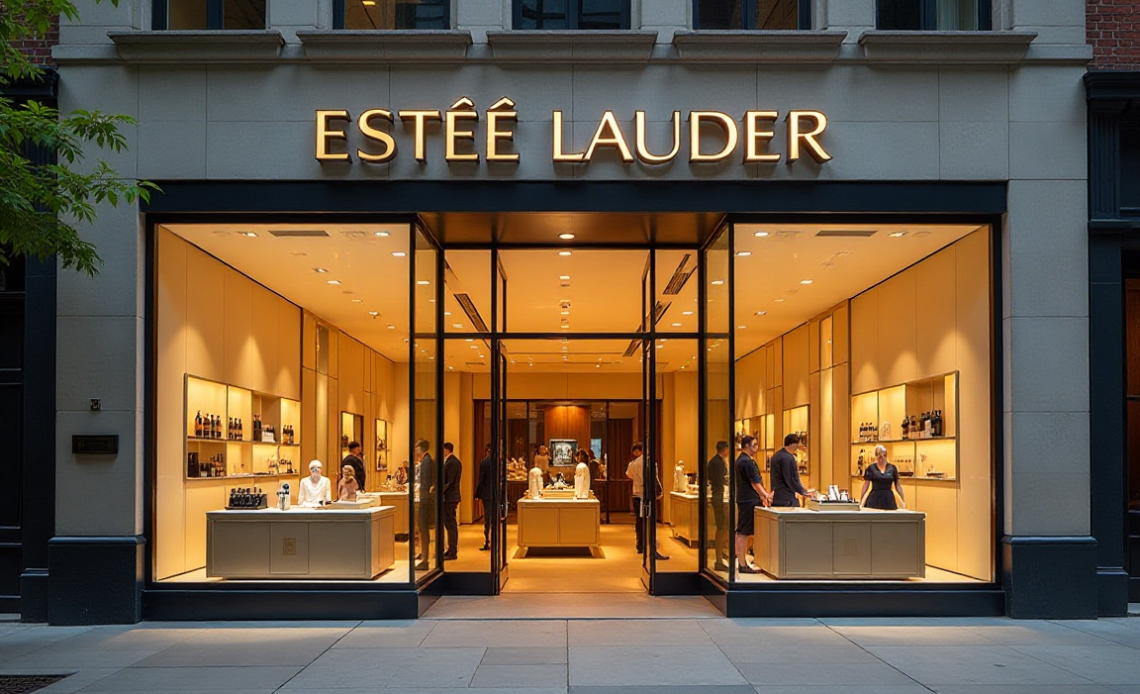Leonard A Lauder, the longtime steward of Estée Lauder Companies and the son of its founder, passed away at the age of 92, leaving behind a legacy of transforming a small family-run cosmetics business into one of the world’s largest and most influential beauty empires.
From modest beginnings in New York, Leonard Lauder is credited with growing Estée Lauder into a multinational firm with a presence in over 150 countries, selling more than 25 brands.
Under Leonard Lauder’s leadership, the company’s revenue soared from under $1 million in the late 1950s to $15.6 billion by 2023.
Making Estée Lauder the “GM of beauty business” through expansion and branding
Lauder joined the company in 1958 after a stint in the US Navy.
He quickly emerged as the firm’s chief strategist, pioneering several defining decisions that shaped Estée Lauder’s market dominance.
One of his earliest innovations was to expand distribution internationally, beginning with a counter at Harrods in London in 1960.
This marked the start of a sustained global expansion across Europe, Asia, and Latin America.
He also pushed for the creation of the company’s first research and development lab, laying the foundation for scientifically driven product lines.
A key part of his strategy involved launching or acquiring new brands—Clinique, Bobbi Brown, MAC, La Mer, Tom Ford Beauty, and Jo Malone London—each positioned to compete with one another and cater to distinct consumer segments.
Lauder’s approach, as he once described in his memoir, “The Company I keep: My Life in Beauty”, was to make Estée Lauder “the General Motors of the beauty business,” offering multiple brands with global distribution.
Going public and institutionalizing success
One of the most defining moments in Lauder’s tenure came in 1995, when he took Estée Lauder Companies public.
The company’s stock surged 33% on its first day of trading in New York, underscoring investor confidence in the brand’s growth prospects.
Despite the IPO, the company retained its family-led structure, with Leonard continuing to play an active role on the board well into the 2020s.
Lauder’s wealth was largely linked to his stake of over 80 million shares in Estée Lauder Companies.
In March 2023, his net worth was estimated at $26.2 billion, according to the Bloomberg Billionaires Index.
By June 2025, however, following an extended decline in the company’s share price, his fortune had fallen to approximately $15.6 billion.
Even as global trends in skincare and cosmetics shifted, Estée Lauder remained a resilient and growing force, recording over $16 billion in sales in 2021 despite disruptions from the pandemic.
Championing women and fostering ‘sibling rivalry’
Beyond his business acumen, Leonard Lauder championed a culture of competition and empowerment within the company.
He was known for encouraging healthy competition among brands under the Estée Lauder umbrella, a concept he once described as “sibling rivalry.”
He was also a strong advocate for placing talented women in leadership roles—a rarity in corporate America at the time.
“I tried to find people who are smarter than me,” he once told the Wall Street Journal, “and most were women.”
Lauder is also credited with popularizing the “lipstick index,” a theory suggesting that lipstick sales often rise during economic downturns as consumers seek affordable luxuries.
Legacy beyond beauty
While Lauder’s legacy in the beauty world is monumental, he was equally known for his philanthropic and artistic contributions.
A passionate art collector and benefactor, he donated generously to museums and health care institutions throughout his life.
In his memoir The Company I Keep, Lauder reflected on his journey in beauty and business with clarity and purpose: to build a company that could endure and thrive by embracing innovation while remaining true to its roots.
Leonard Lauder’s passing marks the end of a remarkable era for Estée Lauder Companies, but his vision continues to shape the company—and the global beauty industry—today.
The post How Leonard Lauder turned Estée Lauder from a family firm into a global powerhouse appeared first on Invezz







